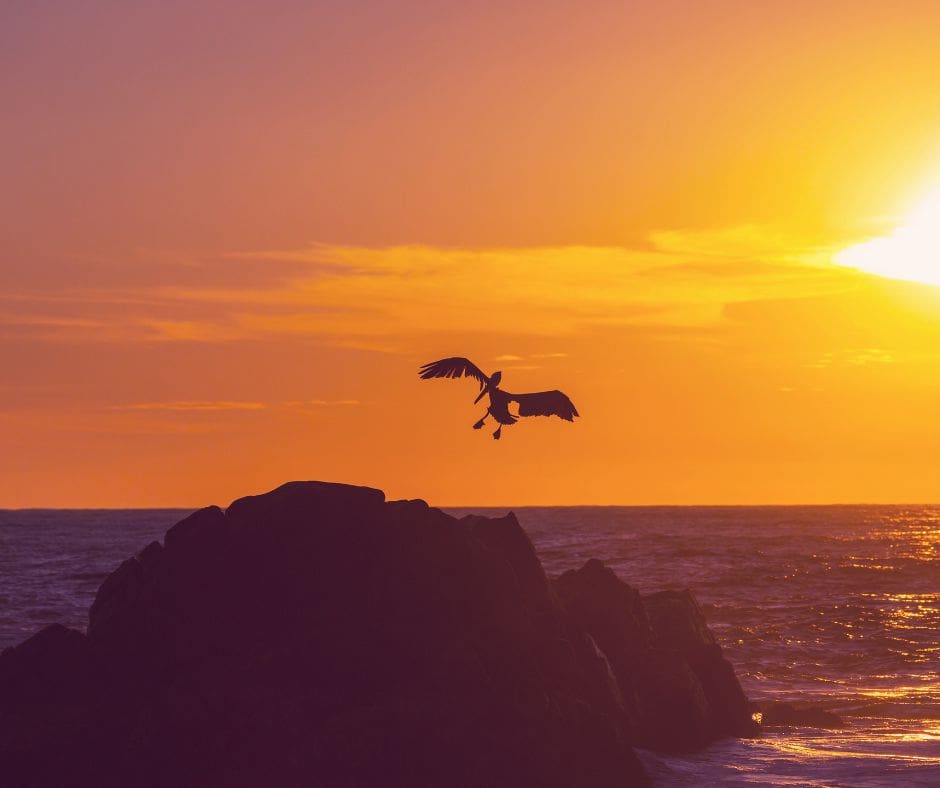Pelicans are a remarkable sight in Costa Rica, gracing both coastal and inland waters with their distinctive appearance and fascinating behaviors. These large, water-loving birds are part of the country’s diverse avian population, captivating birdwatchers and nature enthusiasts alike.
Migration Patterns of Costa Rican Pelicans
Pelicans in Costa Rica are primarily represented by the Brown Pelican (_Pelecanus occidentalis_), which is a year-round resident along the country’s Pacific and Caribbean coasts. Unlike some bird species, Brown Pelicans in Costa Rica do not migrate long distances. They typically remain in the region, taking advantage of the abundant food supply in the coastal waters. Seasonal movements may occur within the country, particularly in response to changes in food availability or breeding conditions, but these are relatively localized.
Nesting Habits of Pelicans
Brown Pelicans in Costa Rica are colonial nesters, often forming large nesting colonies on islands, mangroves, or coastal cliffs. These nesting sites provide safety from land predators and easy access to fishing areas. During the breeding season, which generally spans from November to April, pelicans build their nests using sticks and other vegetation. Both parents take turns incubating the eggs and feeding the chicks, showcasing a strong sense of parental duty.
Interesting Facts About Pelicans
- Incredible Diving Skills: Brown Pelicans are known for their dramatic plunge-diving technique to catch fish. They soar above the water, spot their prey, and then dive headfirst, often from heights of up to 60 feet, stunning the fish with the impact before scooping them up in their large bills.
- Unique Feeding Mechanism: Pelicans have a specialized pouch attached to their lower bills, called a gular pouch. This pouch can hold up to three gallons of water and is used to scoop up fish. After catching their prey, pelicans drain the water from their pouch before swallowing the fish whole.
- Efficient Flyers: Despite their large size, pelicans are incredibly efficient flyers. They use thermal updrafts to soar and glide with minimal energy expenditure, often flying in a V-formation to reduce wind resistance.
- Social Birds: Pelicans are highly social and are rarely seen alone. They often travel, feed, and roost in groups, which helps them spot schools of fish more easily and provides safety in numbers.
- Conservation Success Story: The Brown Pelican is considered a conservation success story. Once endangered due to pesticide contamination, particularly from DDT, their populations have rebounded significantly thanks to conservation efforts and the banning of harmful pesticides.
The presence of pelicans in Costa Rica adds to the rich tapestry of the country’s wildlife. These majestic birds, with their impressive diving skills and social behaviors, are a testament to the vibrant and diverse ecosystem of Costa Rica. Whether you’re a birdwatcher or simply a nature lover, observing pelicans in their natural habitat is an experience that highlights the beauty and complexity of the natural world.






